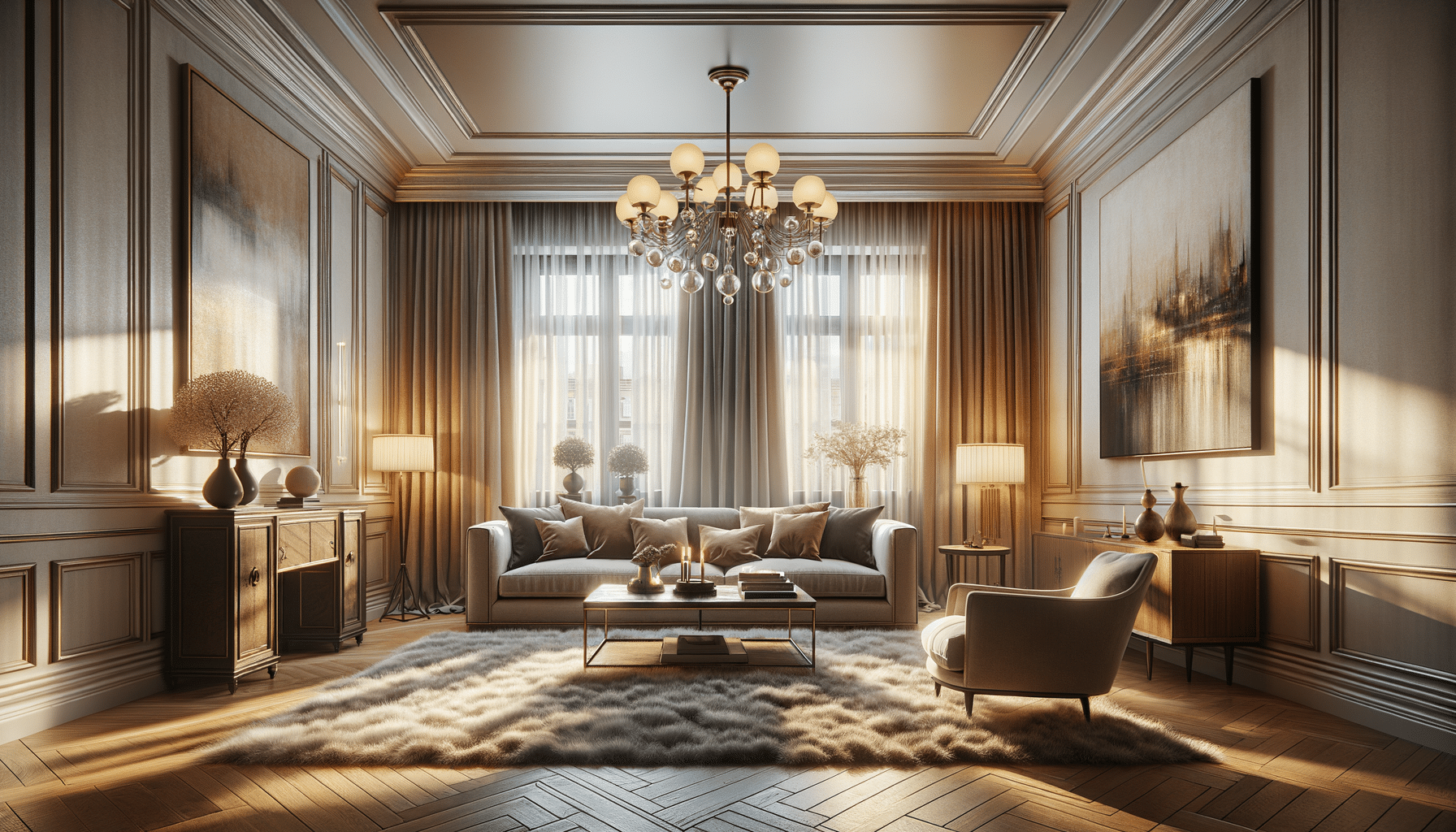
Illuminating Spaces: A Guide to Living Room and Bedroom Lighting
Introduction to Lighting in Living Spaces
Lighting plays a crucial role in defining the atmosphere and functionality of our living spaces. Whether it’s the living room where we entertain guests or the bedroom where we seek relaxation, the right lighting can transform a space from ordinary to extraordinary. This guide explores the nuances of lighting design, focusing on how to enhance both living room and bedroom environments through strategic illumination choices.
Understanding the Layers of Lighting
Effective lighting design is not about a single light source, but rather a combination of layers that work together to create a harmonious environment. These layers include ambient, task, and accent lighting. Ambient lighting serves as the primary source of illumination, providing overall brightness. Task lighting focuses on specific activities like reading or working, while accent lighting highlights architectural features or artwork.
In the living room, ambient lighting might come from a ceiling fixture or wall sconces, while table lamps provide task lighting for reading. Accent lighting could be used to spotlight a piece of art or a unique architectural detail. In the bedroom, ambient lighting might be softer, with bedside lamps or pendant lights serving as task lighting for bedtime reading. Accent lighting can add a touch of elegance or drama to the space.
Choosing the Right Fixtures
When selecting lighting fixtures, consider both style and functionality. In the living room, chandeliers or pendant lights can serve as focal points, adding a touch of elegance or modern flair. Floor lamps and table lamps offer flexibility, allowing you to adjust the lighting according to your needs. In the bedroom, consider fixtures that provide soft, diffused light to create a calming atmosphere. Wall-mounted fixtures can save space and add a contemporary touch.
It’s also important to consider the scale of the fixture in relation to the room’s size. A large chandelier can overwhelm a small room, while a tiny pendant might get lost in a spacious area. Balance is key to achieving a cohesive look that enhances the overall design of your space.
Incorporating Smart Lighting Solutions
Smart lighting solutions are becoming increasingly popular, offering convenience and energy efficiency. These systems allow you to control the brightness, color, and timing of your lights through a smartphone app or voice commands. In the living room, smart lighting can create different moods for entertaining, watching movies, or relaxing. In the bedroom, you can program lights to gradually dim in the evening or brighten in the morning, helping to regulate your sleep cycle.
Smart bulbs are also available in a variety of fittings, making it easy to upgrade your existing fixtures. They offer a range of colors and temperatures, allowing you to customize the ambiance to suit your preferences. Additionally, smart lighting systems can integrate with other smart home devices, creating a seamless and efficient living environment.
Conclusion: Creating a Harmonious Lighting Scheme
Lighting is an essential component of interior design, influencing both the aesthetics and functionality of a space. By understanding the different types of lighting and how they interact, you can create a harmonious scheme that enhances your living and bedroom areas. Whether you’re opting for classic fixtures or embracing smart technology, the right lighting choices can transform your home into a welcoming and comfortable haven.


